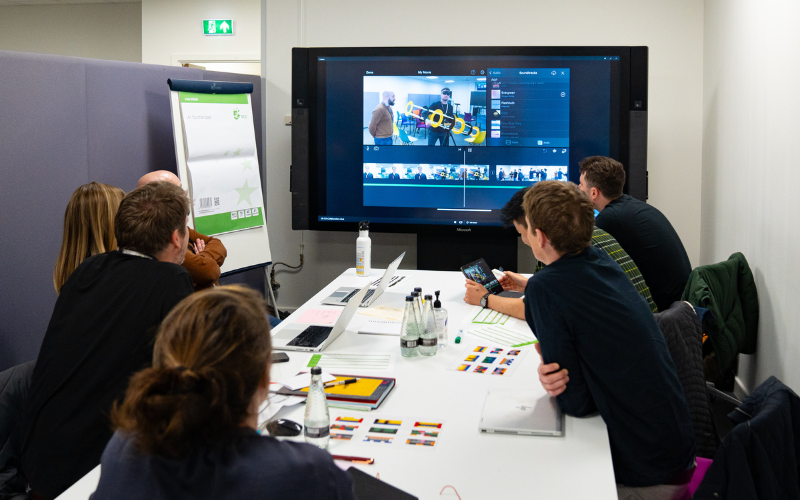Everyone is more capable than they think they are.
Set aside, for a moment, the small percentage of people who routinely over-estimate their skills, cause havoc, and then saunter off into the sunset not once glancing back at the devastation; everyone is more capable than they think they are.
How many times have you heard – or even used – that pernicious phrase “I could never…”? Three little words that limit us when we say them about ourselves, and sow doubt when we say them to or about other people. “I could never…” what? Run a marathon, for example? One foot in front of the other for 26.2 long, chafing miles? You absolutely could, people do it all the time! Given the damage that these three little words can do, the potential they squash, the barriers they erect, wouldn’t it be better to hear them less?
So where does the “I could never” come from? It comes from the task feeling too big, too daunting, too risky. Maybe the goal is too distant, too insubstantial. Maybe confidence is lacking and support is unavailable, under-resourced, unfocused. That sounds like a lot of hurdles, but the good news is that they can all be done away with by:
- Breaking a task down, layering in complexity at the right time.
- Reducing risk by providing support.
- Building confidence by allowing people to take action and see the results, then take the next step.
- Setting clear, achievable targets and fostering an atmosphere of growth through open communication.
All of these things are inherent to business simulations and that’s what makes them so powerful for training. What if the “I could never” is said by a new graduate, sitting in their induction session listening to someone talk through this financial instrument or that process, feeling overwhelmed, not knowing how it all fits together, how it’s relevant to them. Instead of absorbing the information they start to worry. Haven’t we all been there? And what a waste of time that worry is.
Have you ever tried to shape a pretzel? You can watch someone do it ten times and still not know how to do it. You have to do it yourself to learn how to move your hands. The first time you fail miserably, you have to ball up the dough and start again. Second time is probably just as bad, third time it’s recognisably a pretzel, just a bit wonky… and then after that you’re churning out perfectly twisted pretzels like you were born to it. Many things are learned better by doing them rather than watching them or hearing about them.
In a business simulation, we learn by doing. It seems sensible that in real life, you can’t give a brand new graduate a pile of loan applications to review and then approve or reject, that could cause chaos (spoiler alert, they tend to err on the side of risk averse and reject most of them). You can’t ask an experienced hire in a tech team to pop down to the trading floor and trade some cocoa futures, you would likely end up, a few months later, with tons of cocoa on a pavement in the City and a lot of very perplexed people trying to decide what to do about it. You can do both these things in a simulation, and the only consequences would be the good ones: insights, network building, more confidence, an understanding of the context in which a person’s job role is taking place – all of which lead to more effective decision-making.
In a simulation, participants can decide how best to approach a clearly defined task. Instead of being told what questions to ask or what the parameters are, for example, for giving out loans. Participants are lead, by the task itself, to ask the questions that occur to them so they can make best use of the information on hand. What is EBITDA and does it matter that this company’s EBITDA is lower than their interest cost? Why am I being told that this company is 3 years old? What does this company want to spend the money on? They make their accept/reject decisions and a few minutes later they find out – did they ask the right questions? What is the commercial outcome of saying “yes” to this customer and “no to that one?”. Immediate feedback that allows them to grow into the task and apply their knowledge to the next step.
In a simulation, the barriers to achieving great outcomes are either removed entirely by good training design, or fade away fast when a participant has to make a decision in the moment, building knowledge and earning confidence with each step taken. The “I could never” becomes “Oh, I did”.
Everyone is capable of more.
Published by Debbie Hearman



















